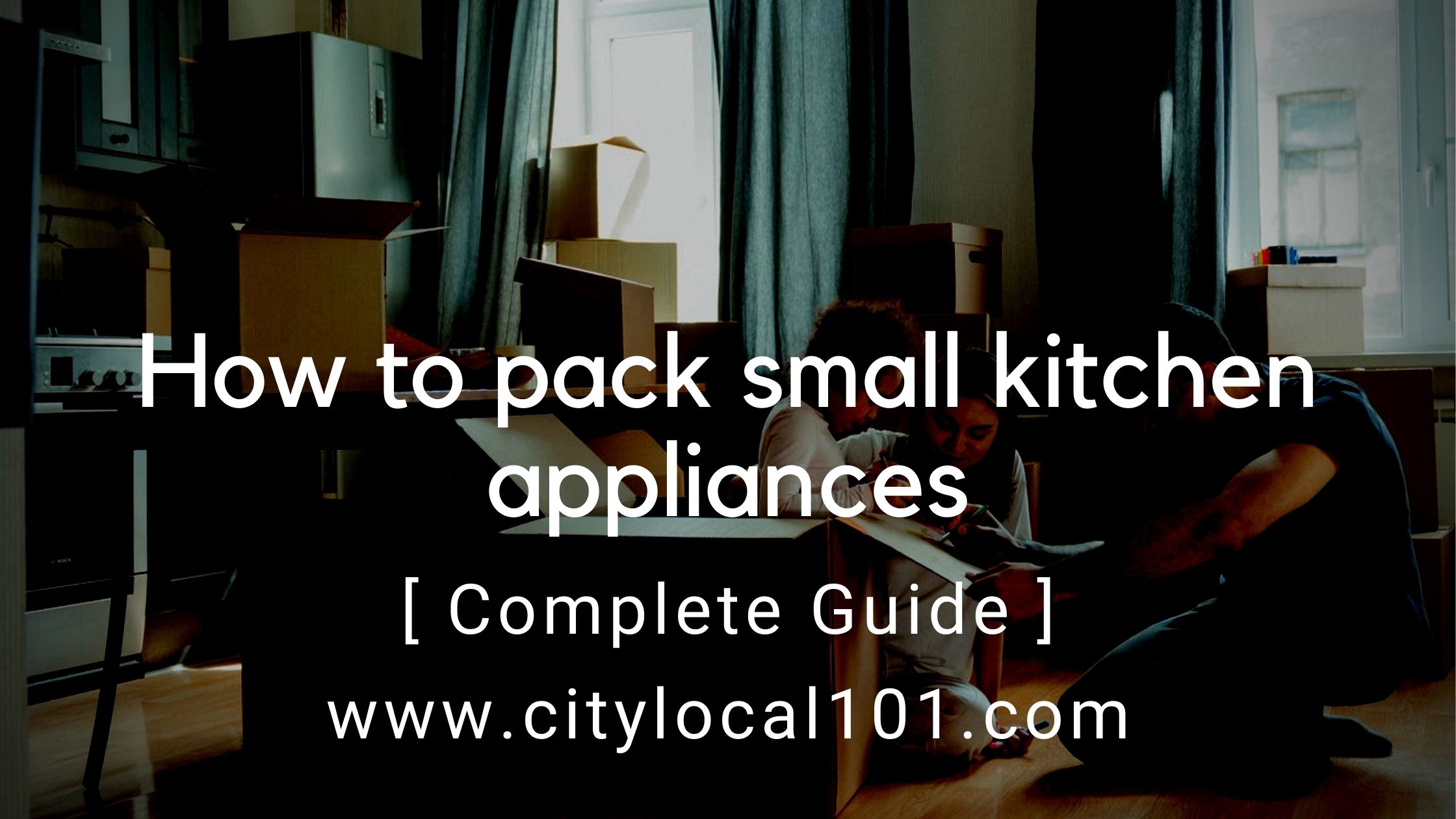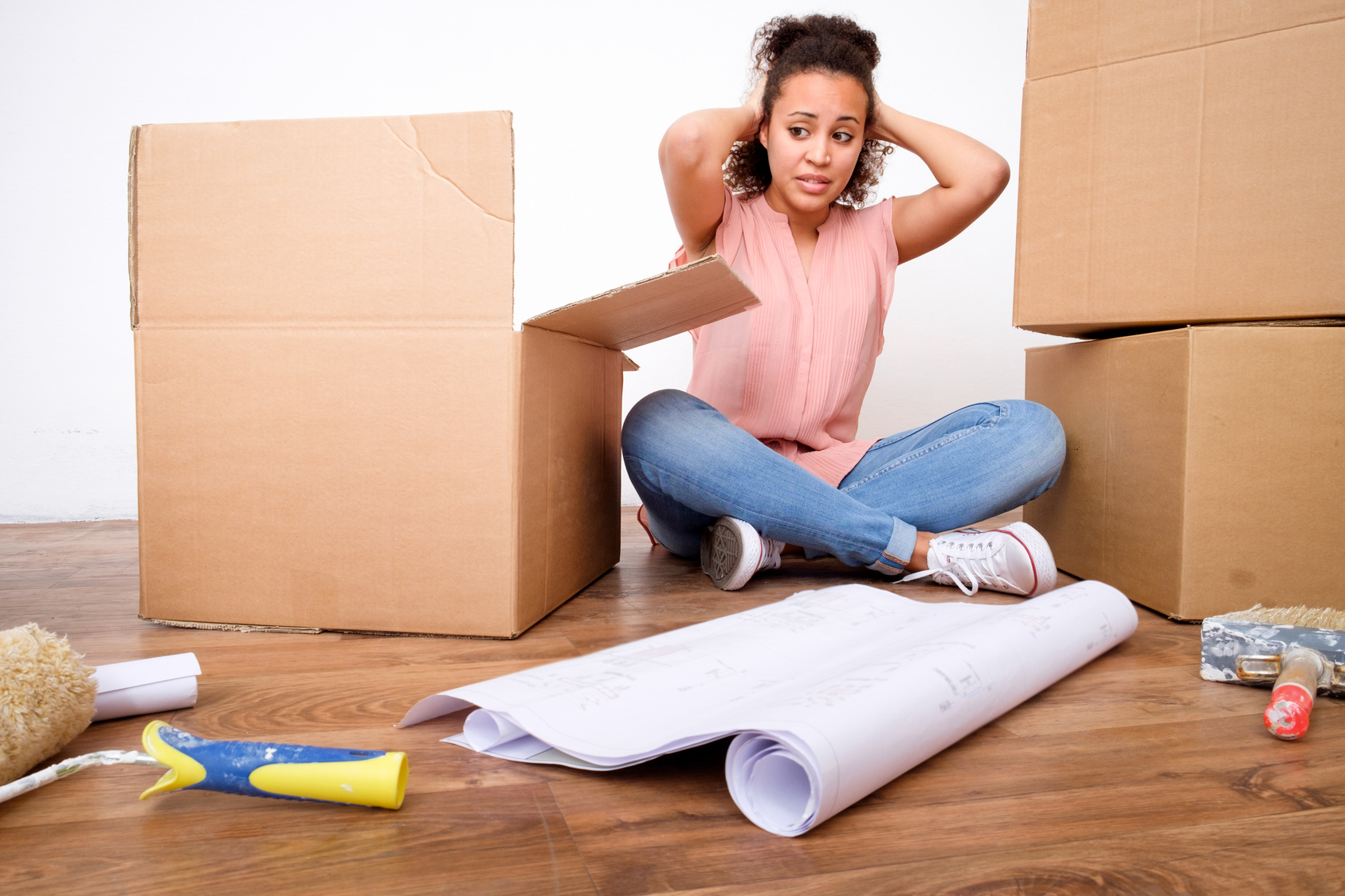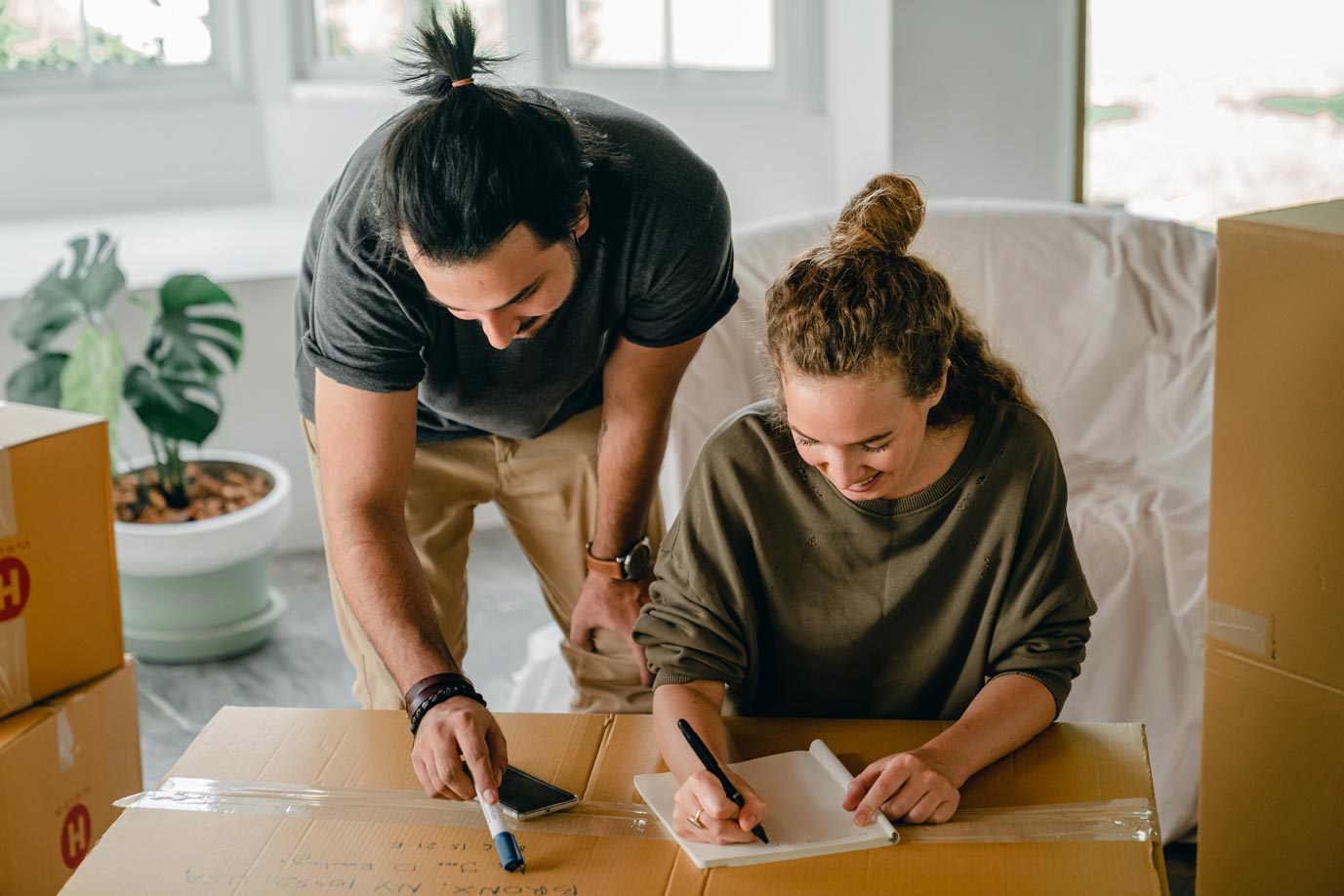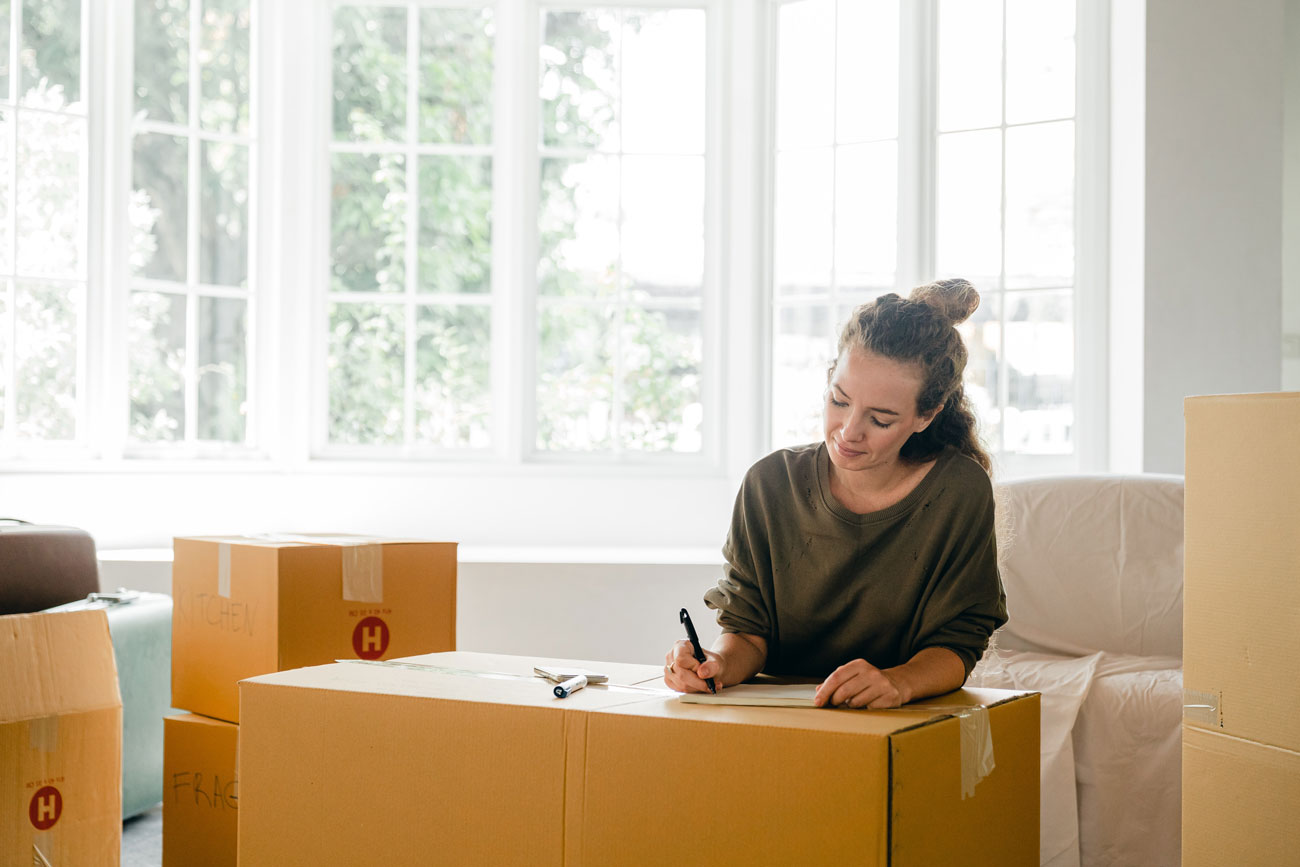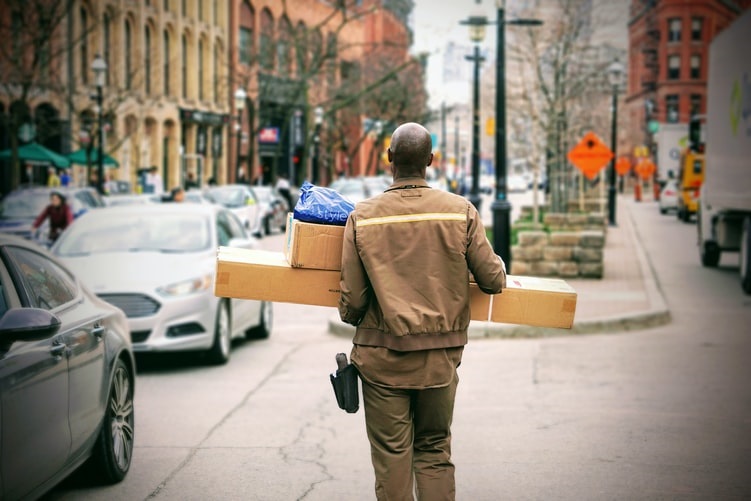Kitchen packing is one of the most hectic and time-consuming tasks while moving from one house to another or shifting stuff to remodel the house. People often inquire about packing kitchen appliances and in addition, they are more concerned about fragile items and worry about keeping them safe while transporting them from one place to another. Never rush your packing, otherwise, you won’t be able to complete the packing on time.
The most crucial and critical thing about moving and packing and the part of a house that require more attention and care than the ornamental is the kitchen itself. As it contains more fragile items than the rest of the house combined. Place Fragile items should be padded and then placed in a box. In case you are among those who do not know how to pack pots and pans separately from the ceramic and marble dinnerware. For this, you can consult countless DIY videos or pro tips.
Table of Contents
Checklist to Arrange Required Packing Material
If you are among those people who had to rush to the market for last-minute shopping, then this complete checklist is for you to pack kitchen appliances before moving to a new apartment.
- Purchase Boxes. There are three types of boxes you need to know about. The first one is a card box; it is easy to mold and fold according to the packing requirements. The second is made of plastic, it is usually more durable and besides, it is used to protect the fragile item from external pressure.
- Packing tape, masking tape, or writing tap. To ensure the box remains intact. Additional buy lots of masking tape to write instructions on the boxes.
- Pens, markers, and paper cutter.

Packing Hacks for Kitchen Appliances: Tips and tricks
Unlike the living room and bedroom packing, kitchen packing requires a 360-degree approach to packing. If you enlist and count boxes, then you will be surprised to find that kitchen packing takes more space and time than the rest of the house. A well-built and designed kitchen might provide an environment to pack appliances faster. As it includes small or big appliances, dinnerware, fragile utensil and dishware, food item, and above all bottles of liquor.
Packing Kitchen Appliances
The kitchen contains so many appliances ranging from a small juicer to a spice crusher, and it also includes a bread maker. With every appliance comes along the fragile wire. For a secure appliance, packing follows these steps to keep the appliance clean and ready to use or install in the new house.
Step #1: Cleaning
Clean the appliance. Before packing anything into a box, make sure the appliance is clean inside out. There should be nothing inside any appliance. To clean them, you can use a wet cloth or wash them in dishware. if they are dishwasher safe. But remember to dry them before putting the appliance in the boxes. Otherwise, the wet appliance is prone to catch mold or rust. You can also opt to hire professionals for this job. Professionals cleaning services help to save some of your time.
Step #2: Dissembling
Dissemble removable appliances. To keep the appliance safe from crack and breaking. it is recommended to disassemble every removable component. While dissembling, you should label every removed component with a removable marker to prevent them from misplacing. Additionally, assign a different color to every individual appliance to keep track of its components.
Step #3: Packing & Labeling
Bubble Wrapping
Arrange, wrap, and label. The next step should be arranging every appliance in order and wrapping them in bubble wrap. To keep fragile appliances safe while shifting you can them in shipping Styrofoam to prevent any damage. Afterward, attach a piece of paper outside every box either with the help of a glue stick or with scotch tape.
Label Accordingly
Label the boxing to either indicate the fragile items or you can also mention specific instructions for your family to follow. Additionally, if you think you and your family cannot handle these boxes then you can hire moving companies if you know any. Moreover, to keep track of the appliance you can mention the packed item on the surface of the boxes. This way after locally moving, you don’t have to open every box for the first day of cooking and dining.
Here is a pro-tip, to keep the appliance and their wire in place, you can wrap them in a paper towel or secure the wire with cable ties. This way they will not be tangled with other appliances.
Packing Dishware and Dinnerware
The most crucial part of kitchen packing is to pack dishes. It requires more effort and cares than the appliance. Thus, to keep the glassware from cracking you can use various DIY packing tricks, such as wrapping every single piece of glassware in paper and placing the dishes sideways to make space. Simultaneously, you can use new knee-length socks to pack wine glasses. This way the broken glass shard will not cause any injury.
Packing plates for moving
- Additionally, place lightweight and fragile glass utensils in padding, particularly pack plates for shipping. Ceramicware, glassware, and crystalware should be packed in a different box.
- For the first-night dining pack plates for moving in a different box. Label it with a first-day utensil kit box.
How to pack Pots and Pans
Most pans and pots require a medium to a large moving box. Large boxes are better if the pan is light and/or can be packed with other light items. Otherwise, stick to smaller boxes, so they're not too heavy. Unlike glassware and fragile items, pans and pans do not require wrapping paper for protection, except for glass covers, but for press paper for packaging materials. You will also need to pack tape and markings to seal the box and label it so that it ends up in the right room.

- Place regular newspaper or slightly wrinkled brown paper at the bottom of the moving box. Instead of wiping paper with a tight ball, place the ball at the bottom to avoid movement during movement.
- Before moving to the step of packing pots and pans, you must have to clean them. Remove any loose thing, either in a separate package or in a jar, secured with tape.
- Set the pan in three sets and nest the smaller pans in a larger pan. The lid can be individually packed and packaged.
- Wrap glass covers and other fragile or fragile items in wrapping paper or towels.
- Fill the box with a pan, pan, and lid. Place soft, molded kitchen items, such as sponges, cleaning cloths, and towels, in empty spaces in the box to ensure that they do not move.
- If there is space, add a storeroom item at the top. This is the perfect place to place flour bags, dried beans, or other non-crushing storage room items.
- Mark a paper with the box by labeling it to the word kitchen and attaching it with tape. If the boxes have weak appliances in them, write "fragile" in large letters on them and notice which end of the area is in place. If you want, you can also add a number to the area indicating the order in which the box should be unwired.
Parting Words
Above mention tips and tricks can save a lot of time and effort if you follow every task as they are mentioned. Additionally, these can save a precious amount of time to arrange kitchen items in place without any mental stress or fatigue.
If you still doubt your packing skills then answer these questions.
- How far do you plan to move? If it is within a city then you will require less packing material and card box packing material. If you plan to move to another city then hiring a professional local moving and packing & unpacking services will ensure and guarantee the safety of your good.
- Do you have all the packing material ready? Answering this question is essential as the most significant step of every move is packing. Therefore, having all packing material ready before you can start packing can ensure the timelessness of your work. If you do not have a packing checklist then remember to enlist box, tape, pen, padding, and Styrofoam to your priority packing buying list.
- Have you sorted the stuff in order of fragility to the non-fragility items? The kitchen is filled with different kinds of items ranging from glass to appliances. Hence sort them out in order but give special priority to fragile items.

